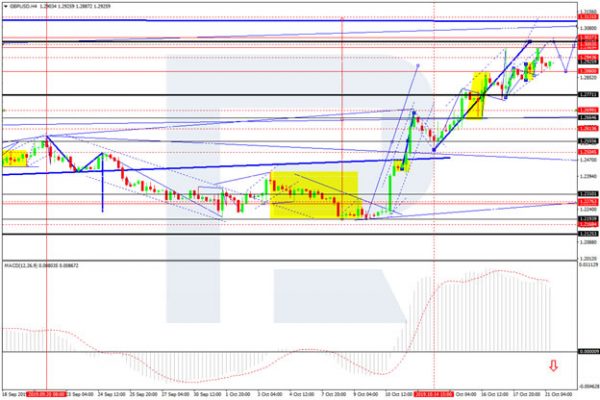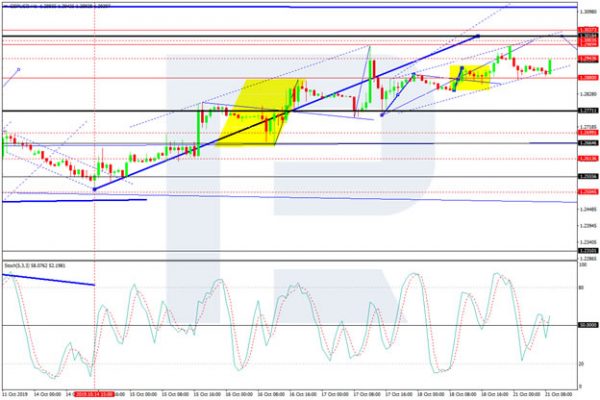The British Pound slowed down its growth early in the fourth October week. It would seem that everything was fine: the British Prime Minister Boris Johnson and the European Union’s representatives agreed on the deal that might allow the country to leave the alliance in time and without additional troubles for the economy. However, the agreement failed at the parliamentary level: members of the British Parliament didn’t approve the terms and conditions of the deal.
Under such circumstances, Johnson will have to get back to Brussels empty-handed and ask for a new delay, this time until January 2020. Of course, there is a little chance that the British policymakers may “cool down” during the weekend and be more logical when getting back to discussing the deal on Monday. However, risks that it wouldn’t happen are very serious. Moreover, the Brits should be ready for the scenario, where the EU decides not to make any more compromises.
Johnson, just like his predecessor Theresa May, hasn’t been able to sell his proposals to the Parliament, no matter what he was trying to do to avoid sensitive issues.
No one knows how much longer this drama may continue. The current Brexit date is October 31st, but it’s quite clear right now that there isn’t enough time for further negotiation, because it already high time to approve the documents regulating operations and activities of both parties in case of the start of exiting procedure.
The Pound’s response to this news was going down against the USD, but there hasn’t been any panic in GBPUSD so far: market players are still hoping for a happy end.
As we can see in the H4 chart, GBP/USD has broken 1.2770 to the upside and may continue growing to reach 1.3000. in fact, the entire ascending structure may be considered as a correction of the previous descending wave. After reaching the above-mentioned level, the pair may start a new decline with the first target at 1.2770. From the technical point of view, this scenario is confirmed by MACD Oscillator: its signal line is about to resume falling towards 0. In case this level is broken downwards, the correction may continue down to 1.2300.
In the H1 chart, GBP/USD continues trading upwards to reach 1.3000. After reaching this level, the pair may start a new decline with the first target at 1.2770. From the technical point of view, this scenario is confirmed by Stochastic Oscillator: its signal line is consolidating around 50. If later this range is broken to the upside, the line may continue moving towards 80; if to the downside – resume falling to reach 20 and the correction in the price will follow towards 1.2770.
















